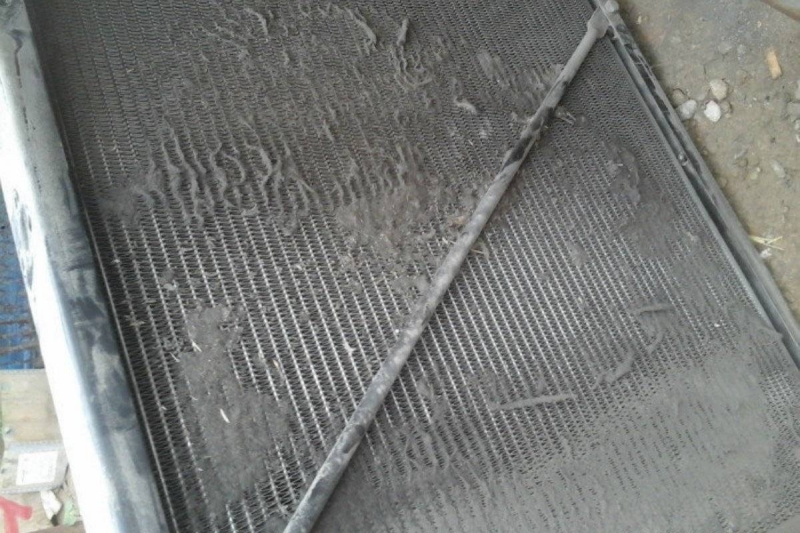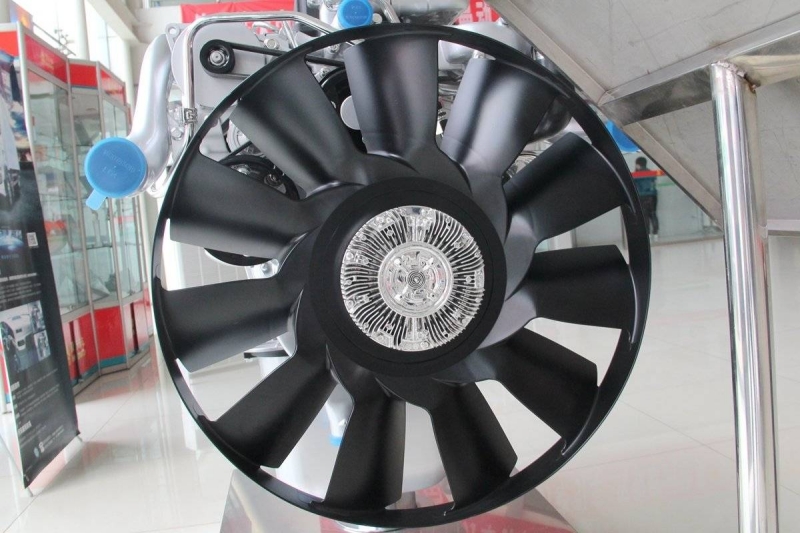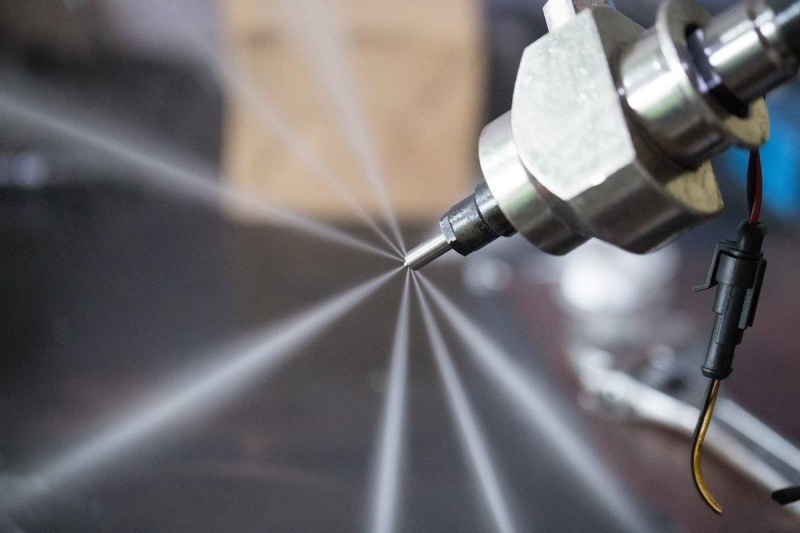Since the beginning of summer, many trucks have experienced engine overheating while climbing hills with heavy loads. Seeing the water temperature gauge soar, some drivers are at a loss. How can this situation be addressed and repaired?
There are two approaches: mechanical maintenance and improving driving habits.
● Mechanical Maintenance
1. Cleaning the Radiator
For trucks frequently operating in northern China, a thorough annual cleaning of the radiator is essential. Since current truck radiators often feature a multi-layer design consisting of an air conditioning condenser, intercooler, and radiator, it’s recommended to remove the radiator for cleaning to ensure optimal performance.
2. Checking the Fan Clutch for Proper Operation
Most trucks are currently equipped with a silicone oil fan clutch, which adjusts the fan speed in real time based on engine temperature, reducing power consumption and increasing engine temperature control accuracy. A faulty silicone oil fan clutch can cause the fan to operate at low speed when full speed is required, failing to meet cooling requirements.
The diagnosis is relatively simple. Most silicone oil fan clutches are equipped with a temporary locking device. Once locked, the fan becomes rigidly connected. If the high-temperature fault disappears, the fault is in the silicone oil fan clutch. If it does not, the fault is elsewhere and requires further investigation. It’s important to note that the silicone oil fan clutch should only be temporarily locked for testing and should not be used for extended periods. Otherwise, at best, power loss and fuel consumption may be significant, while at worst, the fan connection shaft may be damaged due to the immense inertia, causing the truck to break down mid-route.
3. Check the Engine Injectors
Worn and damaged injectors in electronically controlled high-pressure common rail engines may cause the injection rate to exceed the rated value. While this may improve power performance, the maximum engine load will exceed the factory limit, generating heat that exceeds the cooling capacity of the engine cooling system, causing engine overheating. However, this fault is relatively uncommon.
● Improve Driving Habits
In addition to vehicle-related issues, improper driving under extreme conditions can also cause engine overheating. A key performance indicator for trucks is thermal balance, which means that under certain operating conditions, the heat generated by the engine and the vehicle’s heat dissipation capacity can reach a balance, preventing further temperature increases.
The thermal balance performance test for trucks is based on “GB/T 12542-2020 Road Test Method for Thermal Balance Capacity of Motor Vehicles.” The standard roughly describes the following test conditions for heavy-load mountain climbing, which is most susceptible to high temperatures:
In an ambient temperature above 30°C, the truck, fully loaded, is tested in its highest gear possible up a 7% grade while maintaining a speed of 25 km/h. If this speed cannot be achieved, the test is repeated at the highest achievable speed.
A satisfactory thermal balance is achieved if the temperature fluctuation at each monitoring point does not exceed ±2°C for four consecutive minutes, with no upward trend.
However, in actual use, we sometimes overload, and sometimes the grade exceeds 7%. The duration of the continuous climb is unlikely to be just four minutes, and the speed is even less likely to reach 25 km/h. Remember, the lower the speed, the lower the headwind speed, which is less conducive to heat dissipation.
Therefore, it’s not surprising that trucks run hot under extreme operating conditions. You can downshift, reduce the load, and increase the engine speed. By changing these driving habits, you can effectively avoid overheating caused by overloading the cooling system.
● No need to clean the interior; use water sprays with caution
Some repair shops recommend cleaning the inside of the radiator, but this is actually unnecessary. Most trucks now use specialized coolant, which won’t cause scale buildup inside the radiator. Cleaning the inside of the radiator is a legacy from the days when trucks used water for cooling and is no longer suitable for today’s vehicle environments.
Some customers also use water sprays to spray the radiator, but this only treats the symptoms. Over time, a layer of scale will form on the radiator’s exterior, impairing its heat dissipation capacity.
Conclusion
Overheating is one of the most common summer truck failures. If not addressed promptly, it can easily lead to serious problems such as cylinder seizure and sticking. In addition to the aforementioned causes, components such as the thermostat and exhaust brake butterfly valve can also contribute to engine overheating. Only by identifying the cause and addressing it, and ensuring the proper functioning of the cooling system, can you extend the life of your vehicle.
If you need to purchase spare parts for your radiator, engine, or other related parts during maintenance, please contact us. You can also click below to browse our website and make your selection.
Click here to visit our spare parts web
Click here to visit our alibaba (There are more kinds of products)
Post time: Jul-30-2025



